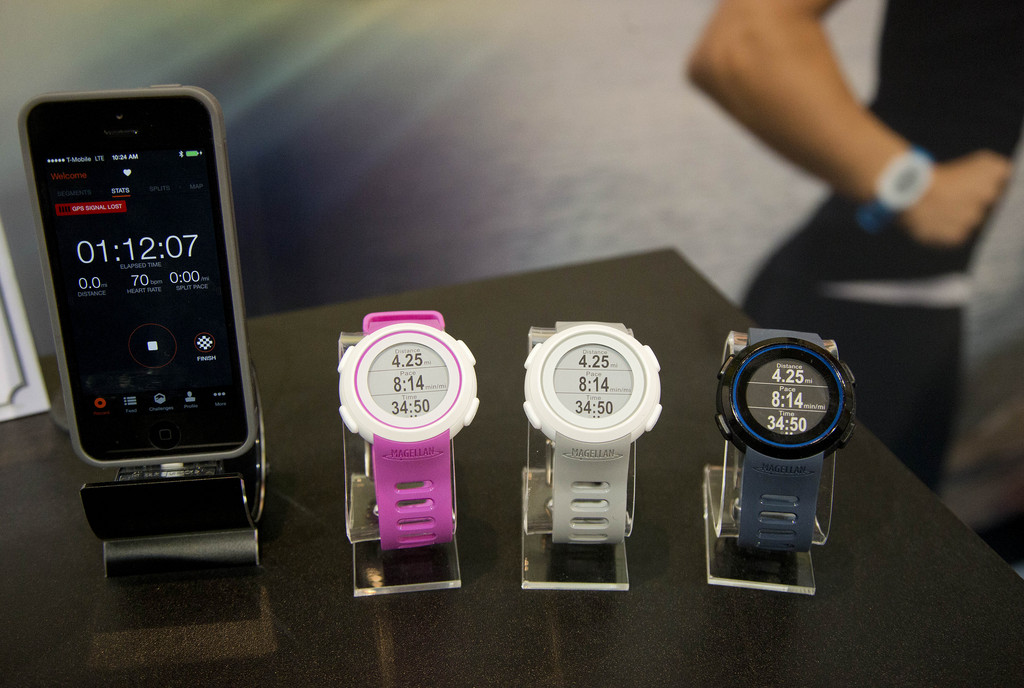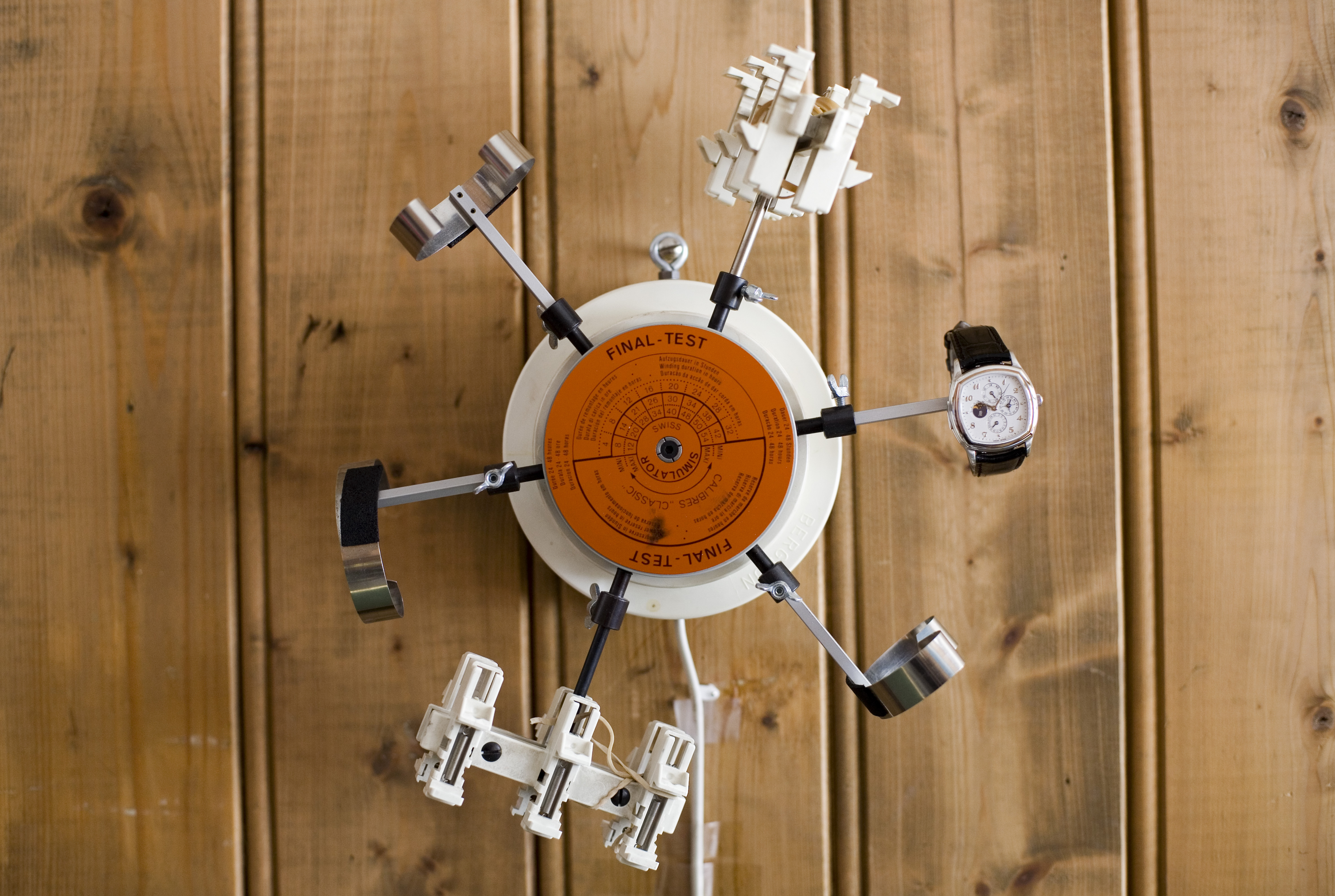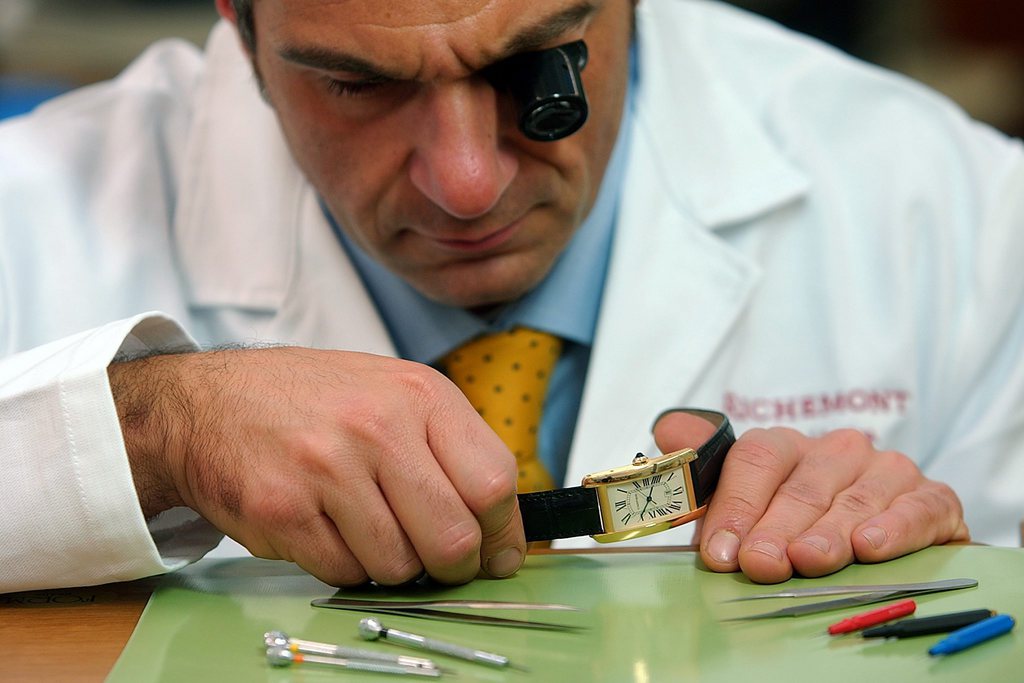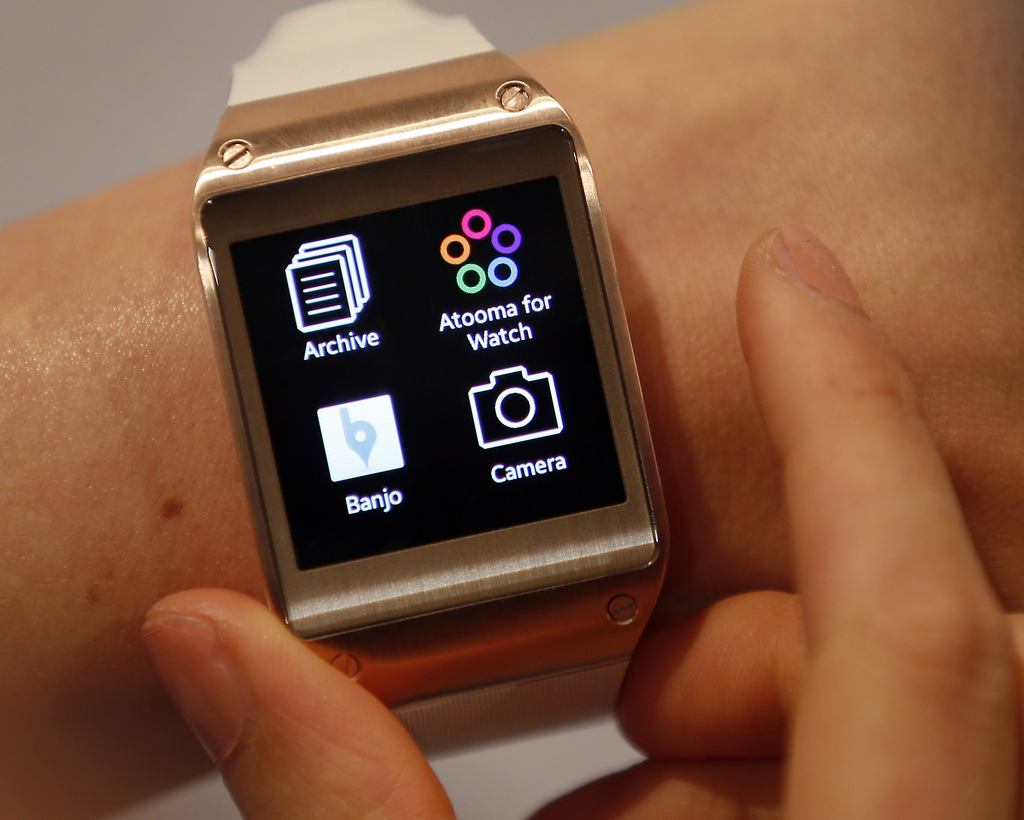Apple makes up for lost time

Consumers have been bombarded by smartwatch launches by some of the world’s biggest technology companies in the past year. The fast-growing – and often-hyped – wrist wearables sector is crowded with new entrants – and the stakes are about to get higher.
The most eagerly anticipated smartwatch is likely to be revealed in the coming days. Apple is expected to unveil its smartwatch on Tuesday at a launch event near its California headquarters.
Long called the iWatch by industry observers but likely to be launched under a different name, the device has been the subject of speculation not only among rival technology companies but also within the Swiss watch industry – and with good cause.
The technology industry has invested heavily in wearables. Analysts at Kepler Cheuvreux estimate that more than $3 billion was spent on smartwatch research and development in 2013.
In the race to bring mobile communication to wrists, Apple has made big-name appointments, some of them from the ranks of Swiss brands owned by LVMH, the French luxury goods group.

More
Financial Times
External linkThe technology company poached Patrick Pruniaux from TAG Heuer in July, where he had been vice-president of sales.
Press reports have suggested the rise of wearables could lead to problems in the Swiss watch industry on a similar scale to those of the so-called “quartz crisis” of the 1970s, when inexpensive imports from Japan threatened to wipe out mechanical watchmaking.
But traditional watch brands and analysts say the risks have been overstated, and see opportunities.
“The implications for us of a rise in wearables are clear,” says Jean-Claude Biver, LVMH president of watches and jewellery. “Adapt to this new business model and don’t underestimate the technology.
“But, at the same time, don’t forget that it is not the first revolution experienced by the watch industry – and it will certainly not be the last.”
Swiss watchmakers have further reasons to remain confident, says Jon Cox, head of Swiss equities at Kepler Cheuvreux.
“The industry has modernised in the past few decades,” he says. “It is far more in control of its distribution operations and quality control.”
More significantly, Luxury brands, such as Rolex, Cartier and Patek Philippe, will, he says, face limited challenges because smartwatches cost far less than their Swiss counterparts, which means they are likely to appeal to consumers with lower budgets.
“Crucially, the area of pricing overlap between smart and luxury watches is very limited.”
Mr Cox estimates that about 66% of Swiss watch exports by value are typically priced at more than $20,000 per timepiece. By contrast, most wrist wearables available to date cost between $150 and $500, with an average price point of $266.
Aldo Magada, chief executive of Zenith, the LVMH-owned Swiss watchmaker, takes the same line.
“We are not competing for the same market,” he says. “Wearables buyers look to a smartwatch for specific information and digital features, while customers of classical luxury watches seek technical performance, craftsmanship and design.”
Moreover, smartwatch prices are expected to stay low, because, as others point out, the technology within quickly becomes obsolete.
Stephane Linder, chief executive of Tag Heuer, predicts that prices for smartwatches will be correlated to potential technology obsolescence for the foreseeable future. “As long as smartwatches age quickly, prices will stay low,” he says.

More
On the trail of luxury watches in the Jura
He notes evidence of declining usage by early wearables adopters. “The average wrist fitness device is used for three to six months before it is left in a drawer,” he says. “Why would the big Swiss players want to enter that kind of market?”
But one company could be exposed to risks from a successful Apple product: Swatch Group, the world’s biggest watchmaker by sales, which accounts for about 70% of Swiss watch exports. Many of its Swatch and Tissot models are priced at the lower end of the spectrum.
In the past, the company has dismissed the threat posed by smartwatches, claiming it had little intention of working with technology groups.
Nick Hayek, the group’s chief executive, told the Financial Times in March: “We have been in discussions – not ever initiated by us – with practically all players in smart wearables. However, we see no reason to enter into any partnership agreement.”
But Swatch Group has faced headwinds. Its shares have fallen 12% this year and in July the group reported a drop in first-half profits for the first time in five years. It cited an uncertain outlook in Hong Kong, the world’s biggest export market for Swiss watches.
Last week the group announced it would be adding fitness functions to its Touch line of digital watches, in a move designed to disrupt technology companies that have already taken fitness tracking devices to market.
Suddenly, Mr Hayek appears to be changing his line.
“Everything that makes millions of people more open to put something on their wrist will boost the opportunities to sell more watches, more jewellery,” he says.
“And why not, more interactive objects on the wrist? We do not feel threatened. The Swatch Group is well prepared.”
Elsewhere, many industry observers believe more middle-ground partnerships between technology groups and traditional Swiss watchmakers may be imminent.
One solution could be introducing Swiss smartwatches that could be used with any open software infrastructure and would not be reliant on mobile programming that could quickly become obsolete.
Brands such as Swatch could also become suppliers to the smartwatch industry, given its expertise in micro-processing, flexible LCDs and tactile technologies.
Mr Cox of Kepler Cheuvreux says: “The titans of Silicon Valley would gain more from co-operation with the Swiss houses than confrontation.
“In terms of retail distribution, association with the big Swiss powerhouses could bring considerable cachet to the brand equity and consumer trusts.”
For now, with Swiss watch exports hitting record highs and the sector growing at 7 – 8% a year, according to estimates by BNP Paribas, those at the top of the fine horology industry are relaxed – at least outwardly.
“Unless there is a major unforeseen socio-economic global crisis, the industry will probably enjoy another record year,” says Mr Biver.
Copyright The Financial Times Limited 2014

In compliance with the JTI standards
More: SWI swissinfo.ch certified by the Journalism Trust Initiative













You can find an overview of ongoing debates with our journalists here . Please join us!
If you want to start a conversation about a topic raised in this article or want to report factual errors, email us at english@swissinfo.ch.